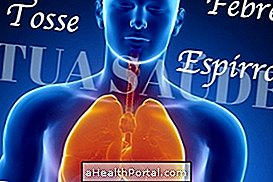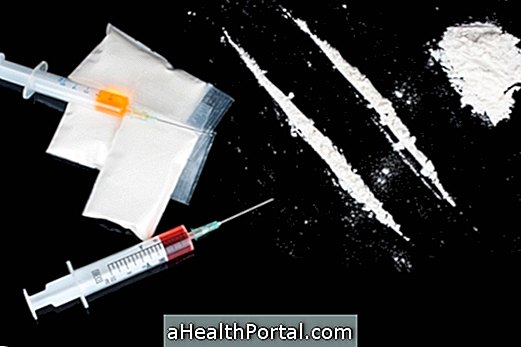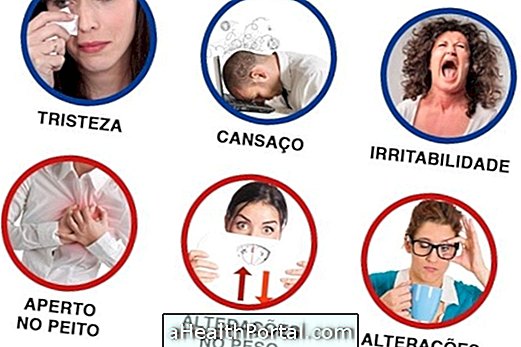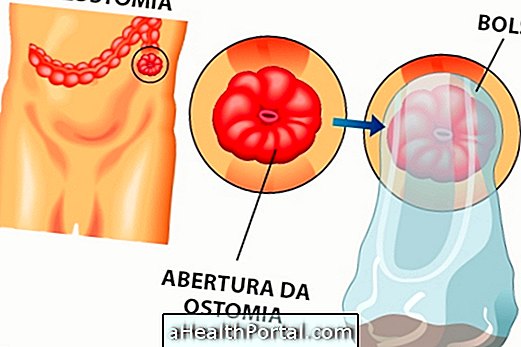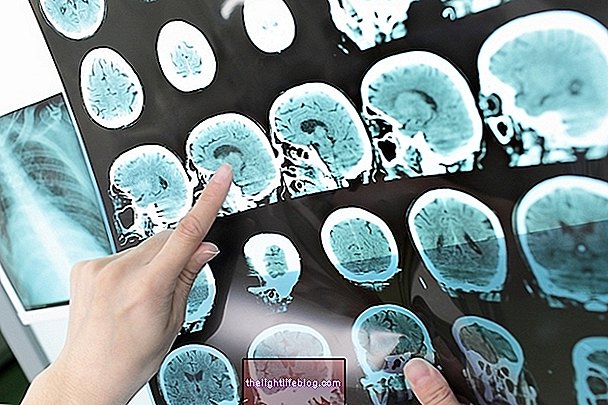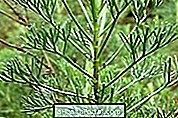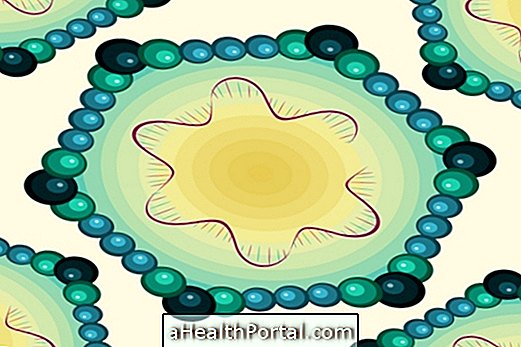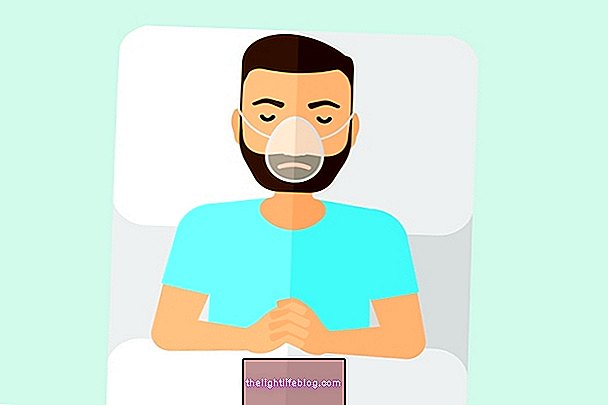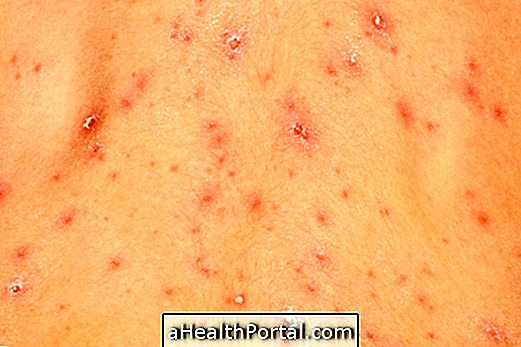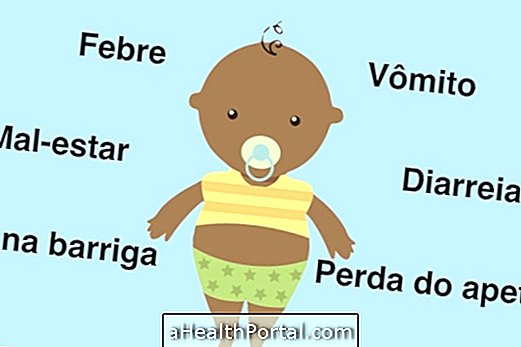The insecticide DDT is strong and effective against the malaria mosquito, but can also cause health damage, contact with the skin or is inhaled through the air during spraying and therefore who lives in places where malaria is frequent and this insecticide is used should avoid staying indoors on the day the house is treated, and avoid touching the walls that normally become whitish because of the poison.
What to do if contamination is suspected
In case of suspected contamination, it is necessary to go to the doctor indicating what happened and the symptoms that it presents. The doctor may order tests to see if there is contamination, how severe it is, and the medications needed to control the symptoms, reducing the risk of complications.
Although the use of DDT was banned in Brazil in 2009, this insecticide is still used in the fight against malaria in Asia and Africa because these are regions where there are constant cases of malaria, being difficult to control. DDT has also been banned in the United States because it has been found to be a toxic product that can remain in the soil for more than 20 years, polluting the environment.
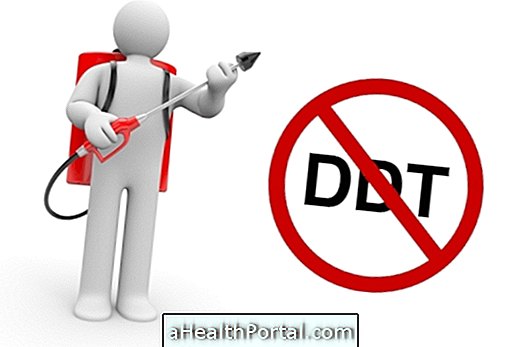
DDT is sprayed on the walls and ceilings inside and outside the houses and any insects that are in contact with it die immediately and must be burned so that it is not ingested by other larger animals that could also die of poisoning.
Symptoms of poisoning by insecticide DDT
Initially DDT affects the respiratory system and skin, but in high doses can affect the peripheral nervous system and cause intoxication in the liver and kidneys. Early symptoms of DDT insecticide poisoning include:
- Headache;
- Redness in the eyes;
- Itchy skin;
- Body stains;
- Numbness;
- Diarrhea;
- Bleeding from the nose and
- Sore throat.
After months of contamination the DDT pesticide can still leave symptoms such as:
- Asthma;
- Joint pain;
- Numbness in the regions of the body that were in contact with the insecticide;
- Tremedeira;
- Convulsions;
- Kidney problems.
In addition, contact with DDT deregulates estrogen production, decreasing fertility and increasing the risk of type 2 diabetes and the likelihood of breast, thyroid and thyroid cancer.
Exposure to DDT during pregnancy increases the risk of miscarriage and delayed child development because the substance passes through the placenta reaching the baby and is also present in breast milk.
Treating poisoning by DDT
The remedies that can be used vary because it depends on how the person was exposed to the insecticide. While some people only have allergy-related symptoms such as itching and redness in the eyes and skin that can be controlled with anti-allergy medicines, others may have more severe symptoms of shortness of breath with asthma. In this case the remedies for asthma control are indicated. Already those who have been exposed to the insecticide can often present pains in the muscles and joints that can be relieved with painkillers.
Depending on the type of complication the treatment can last for months, years or even may need to be treated for a lifetime.
Here are some natural strategies for keeping mosquitoes out:
- Natural Insecticide against Dengue
- Homemade repellent takes away the mosquito from Dengue, Zika and Chikungunya
- Get to Know 3 Natural Repellents to Keep Mosquitoes Away
